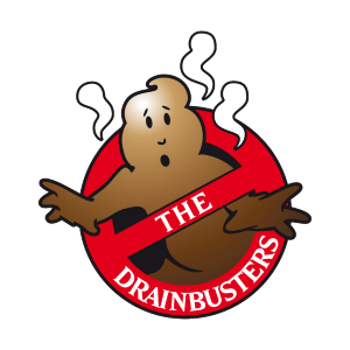Homeowners, are you tired of dealing with pesky drainage issues? In our latest blog post, we’re sharing expert tips on how to prevent common drainage problems in residential areas. From simple maintenance tasks to strategic landscaping techniques, learn how you can keep your property dry and your drains flowing smoothly 💧.
Stay tuned for practical advice that will help you avoid soggy yards and water damage woes!
Why drainage problems happen at home
Poor drainage around your home isn’t just annoying—it can lead to real damage. Water pooling near foundations, leaking into basements, or flooding gardens are signs of deeper issues. Often, these problems stem from:
- Blocked gutters and downspouts
- Improper grading (land sloping toward the house instead of away)
- Clogged or broken underground pipes
- Soil erosion and poor landscaping choices
- Lack of regular maintenance
Identifying the cause early is key to avoiding costly repairs later.
🛠️ Easy maintenance tips to prevent drainage issues
1. Clean yuour gutters regularly
Leaves, twigs, and debris can clog your gutters and downspouts, preventing rainwater from flowing away from your home. Cleaning them at least twice a year—especially in fall and spring—keeps water moving where it should.
2. Extend your downspouts
Make sure downspouts carry water at least 4–6 feet away from your foundation. You can use downspout extenders or splash blocks to direct the flow into a safe drainage zone.
3. Check for standing water after rain
Walk your yard after a heavy rain. Any pools or puddles that stick around longer than 24–48 hours could indicate a drainage issue that needs attention.
4. Keep Yard Drains and Catch Basins Clear
If your property has surface drains, check them regularly to remove debris. A blocked catch basin can cause backups that flood your lawn or driveway.
🌿 Landscaping solutions that help drainage
1. Improve your soil
Clay-heavy soils don’t drain well. Mixing in compost or sand can increase permeability and help water move through the ground instead of sitting on the surface.
2. Grade your lawn Properly
Your yard should slope away from the house at a gradient of at least 2%. A landscaping professional can regrade if necessary to prevent water from running toward the foundation.
3. Use swales or french drains
A swale is a shallow, sloped ditch that redirects water. A French drain is a gravel-filled trench with a perforated pipe that channels water underground. Both are excellent solutions for managing runoff naturally and discreetly.
4. Install a rain garden
Rain gardens are planted depressions that temporarily hold and soak in rainwater. Not only do they solve drainage issues, but they also boost your curb appeal and support pollinators 🐝.
When to call a professional
If you’re constantly dealing with flooded areas, wet basements, or soggy soil despite your best efforts, it might be time to call in the pros. Licensed drainage experts can assess your property, inspect your system, and design a solution tailored to your home’s needs.
Drainage issues don’t have to be a mystery or a money pit.
With the right strategies, a bit of routine maintenance, and a solid plan, you can keep your home dry and safe year-round. Whether you’re working on your own or bringing in an expert, it’s all about staying ahead of the problem before it escalates.
